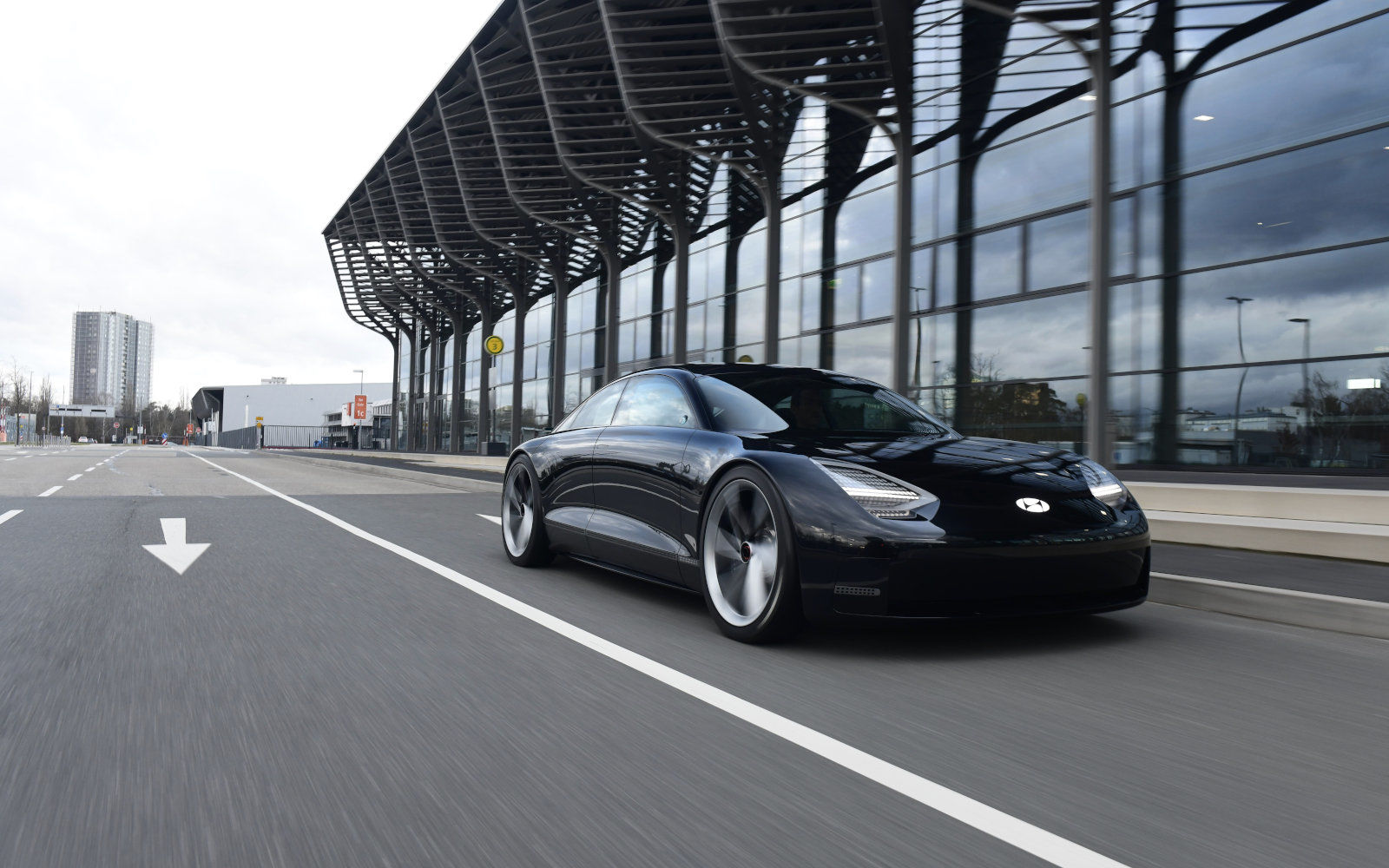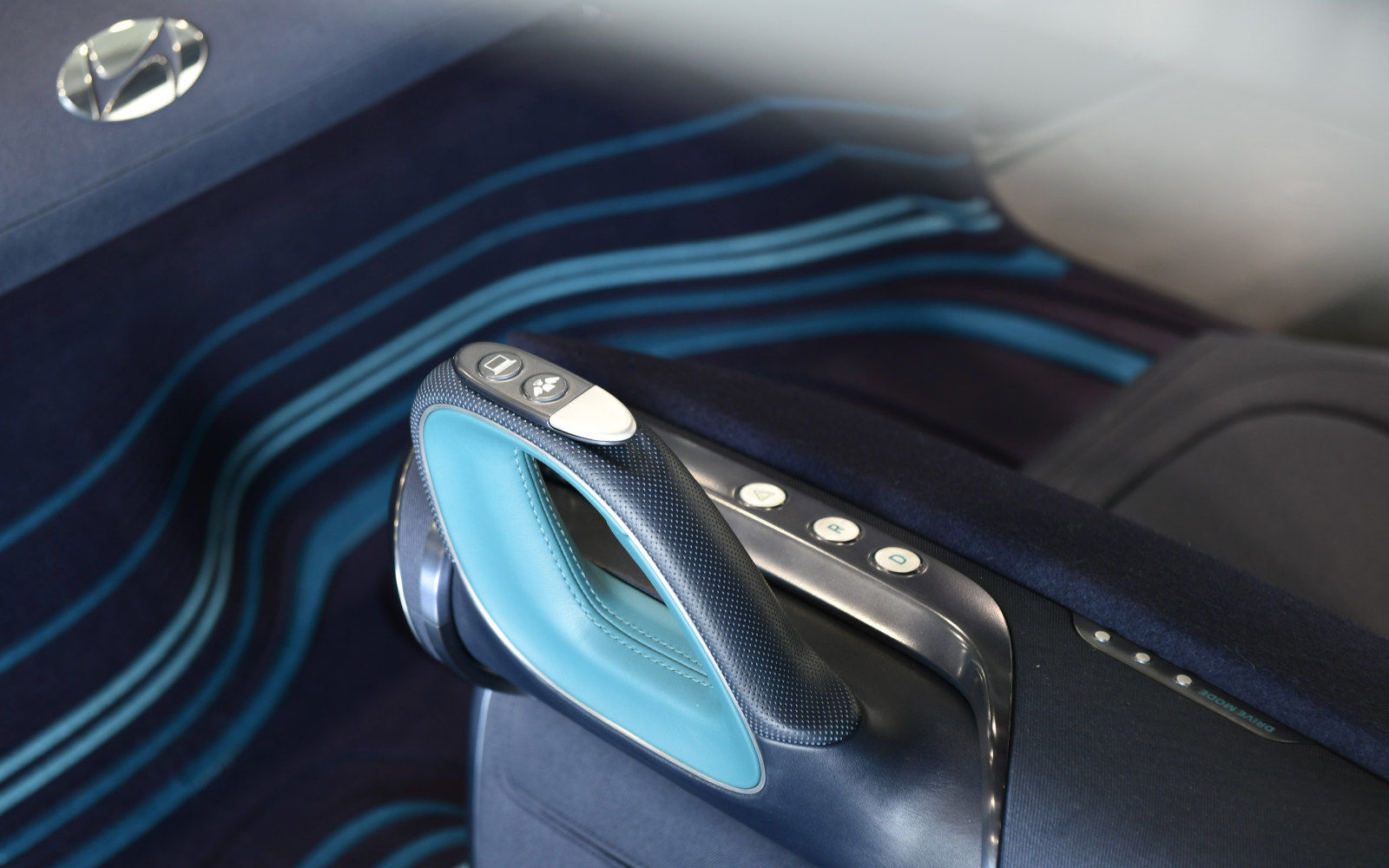
Hyundai reveals further details of “Prophecy” concept EV
Hyundai Motor has further revealed new images and details of its latest concept EV, “Prophecy”
In a new walk-around video, Hyundai Motor Group’s Chief Design Officer Luc Donckerwolke explains some of the key features inside and outside the vehicle.
Prophecy received its digital premiere last month. Rather than being a pure concept, its name refers to the fact that this vehicle teasers ideas and features Hyundai will develop in the future.
A classic car design to achieve the Ultimate Automotive Form
Prophecy is inspired by the vintage cars of the 1920s and 30s, with a smooth, coupe-like design. Sweeping curves and smooth lines set it apart from the angular 45, another Hyundai concept car which debuted at the IAA in 2019. However, like 45, it inherits the design language of pixel lights. Its dynamic shape and rear spoiler give it a sporty appearance, and propeller-shaped wheels reduce air resistance. This look is based on Hyundai’s design identity: Sensuous Sportiness.
Inside, the car exudes relaxation, with dark colours and natural materials that hearken back to nature. This is meant to create a completely new type of in-car experience.
The word ‘sensuous’ integrates the value of more emotion in our designs. ‘Sportiness’ implies dynamics, to be reactive of what’s happening around us. Sensuous Sportiness is not about a new language or philosophy. It’s about a new concept in the creation of our cars.
No steering wheel, but joysticks
One of the most unique characteristics of Prophecy is the steering mechanism. Rather than a steering wheel mounted high on the dashboard in front of the driver, Prophecy is controlled by dual joysticks located left and right from the driver: one on the centre console and the other on the door trim. In combination with a spacious interior, this not only allows for a more comfortable seating position while driving, it also frees up more space on the dashboard for other features. In addition, 90 per cent of the vehicle’s functions can be controlled via buttons on the joysticks, so there is no need for the driver to take their hands off the joysticks to change the music. This ergonomic setup is known as the Intuitive Human Interface. It has the benefit of increasing passenger safety as well as visual freedom.


